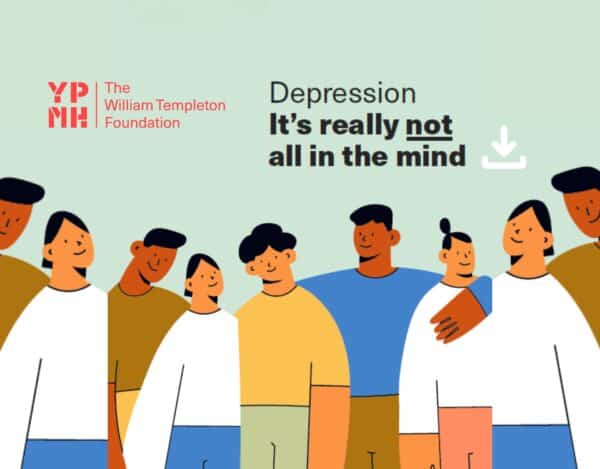
April is Stress Awareness Month and Pacific are exploring the huge effect that stress can have on both companies and individuals and how Walking the Gemba can help to overcome this. The following statistics display its prevalence and subsequent effects:
April is Stress Awareness Month and Pacific are exploring the huge effect that stress can have on both companies and individuals and how Walking the Gemba can help to overcome this. The following statistics display its prevalence and subsequent effects:
In the US, 72% of employees who suffer from stress say that it interferes at least moderately with their lives[1].
In the UK alone, there are on average 13.5 million sick days taken due to stress per year and an estimated cost of £4 billion to the economy[2].
In the Global Benefits Attitudes survey by Willis Towers Watson, it was found that employees who claimed to be experiencing high levels of stress, 57% of these also reported that they were disengaged. This is contrasted by just 10% of disengagement in employees claiming low stress levels[3].
The impact of stress on the individual and their productivity in the workplace can have a major effect on the performance of a company as a whole. So from an economic and social perspective, workplace stress is extremely costly. One way to tackle this is for management to engage with employees at all levels, understand their pain points and take active steps to alleviate these on a continuous basis. This can be achieved through using a methodology of Lean called Walking the Gemba.
Gemba is derived from the Japanese term meaning ‘the actual place’, referring to the most crucial location where your company operates – in the manufacturing industry this would be on the factory floor. Therefore Walking the Gemba is a methodology whereby the management walks around the area of where the work is carried out (not to be confused with the methodology of MBWA – Management By Walking Around[4]), engaging in an open and honest manner with employees, to gain an insight on how the organisation and process can function in a more effective way and taking steps to implement these findings. Toyota, an advocate for the use of Gemba, emphasises that it is a tool used to reinforce Kaizen, a philosophy of continuous improvement[5], key to decreasing waste and maximising efficiency. A successful Gemba walk is therefore accomplished through regular, direct involvement. When upper management sets the example, durable Lean success and an increasingly Lean leadership mindset follows[6].
The aim of Walking the Gemba is not just to reduce workplace stress and its main intention is to focus on a process as a whole and how it can be improved to prevent issues[7]. The key to a successful Gemba walk is to look at the process and not the people in terms of what you are observing and evaluating. It is not a finger pointing exercise or an opportunity to micromanage. Through speaking with people and understanding how the process can be made better for them and engaging with their thoughts and ideas, employees will feel more valued and supported, see real change based on their suggestions, feel less stressed and therefore be more engaged and productive.
We would love to hear your thoughts on Walking the Gemba and workplace stress. Please feel free to connect with Isobel on LinkedIn and share your experiences and input with us.
If you are looking for a new role, click here to see our current global opportunities.
Bibliography and Further Reading
ADAA. (2018). Highlights: Workplace Stress and Anxiety Disorders Survey. Retrieved from Anxiety and Depression Association of America: https://adaa.org/workplace-stress-anxiety-disorders-survey
- Health and Safety Executive. (2009). How to Tackle Work-Related Stress. Sudbury: HSE.
- Kilduff, J. (2014, September 3). Workplace Stress Leads to Less Productive Employees. Retrieved from Willis Towers Watson: https://www.towerswatson.com/en-GB/Press/2014/09/Workplace-stress-leads-to-less-productive-employees
- Roussel, J. (2015, July 23). The Difference Between a Gemba Walk and Management by Walking Around. Retrieved from KaiNexus: Everything Continuous Improvement: https://blog.kainexus.com/improvement-disciplines/lean/gemba-walk/the-difference-between-gemba-walks-and-management-by-walking-around
- Toyota. (2013, May 31). Genba – Toyota Production System Guide. Retrieved from Toyota: https://blog.toyota.co.uk/genba-toyota-production-system
- Mann, D. (2009). The Missing Link: Lean Leadership. Frontiers of Health Services Management, Vol 26, 1.
- Tervene. (n.d.). A Simple Guide to a Gemba Walk. Retrieved from Tervene: http://tervene.com/wp-content/uploads/2017/06/A-simple-guide-to-Gemba-Walk-ebook.pdf
- Womack, J. (2006, June 7). Mura, Muri, Muda? Boston: Lean Enterprise Institute. Retrieved from Lean Enterprise Institute: https://www.lean.org/womack/DisplayObject.cfm?o=743
- CSS. (2016, June 28). What is Gemba? Retrieved from Creative Safety Supply: https://www.creativesafetysupply.com/articles/gemba/
- Chapman, B. (2017). Wellness at Work: The Promise and Pitfalls. McKinsey Quarterly, 1.
- Forth. (2018, February 4). Great Britain and Stress – How Bad Is It? Retrieved from Forth With Life: https://www.forthwithlife.co.uk/blog/great-britain-and-stress/
Recent posts

Navigating Tomorrow: 3 Leadership Skills to Succeed in the Age of AI by Sameer Pagnis
We are thrilled to bring back The Leadership Insider series...

Can AI and Emerging Technologies Expedite Mental Health Care Transformation?
The William Templeton Foundation for Young People’s Mental Health (YPMH)...
